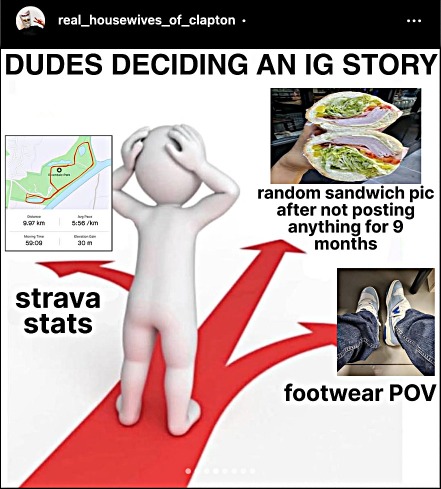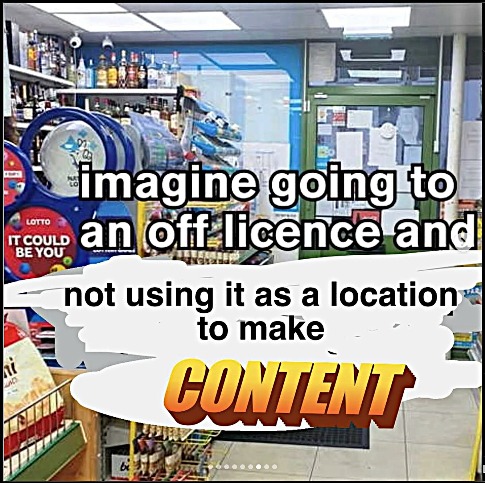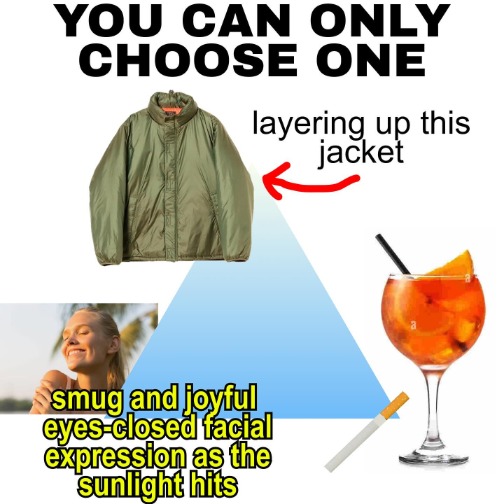
I first watched Palm Springs on the evening of my wedding day. It was the very beginning of what would be a peaceful and relaxing honeymoon, sandwiched in-between planning a pandemic wedding and finishing graduate degrees, and planning a move across the Atlantic to Canada, where my husband had just got a job – which was quickly followed by getting pregnant for the first time. Those two weeks were the only restful time we got in the whole of 2021 -- and arguably to date! It felt like time stood still for a while. We walked on Cornish beaches, talked about our future, ate ice-cream. It’s the closest I’ve ever felt to a deep sense of peace.
It’s quite fitting that, at such a quiet moment in our lives, we watched a film about getting stuck in a time loop at a wedding. Palm Springs’ time loop premise is familiar from cult classics like Groundhog Day. Tala and Abe are getting married on 9th November. An earthquake opens up a strange cave that traps any unwary visitors into a time loop. Nyles, one of the wedding guests and the boyfriend of Tala’s friend Misty (yes, these are their actual names), enters the time loop by accident. Every day, Nyles wakes up in Palm Springs, and every day is 9th November, again, and they’re celebrating Tala and Abe’s wedding, again. He can leave Palm Springs and travel anywhere he likes. But if he falls asleep or dies, the time is reset to the morning of the wedding.
An undetermined amount of time passes, until two more guests get stuck in time: Abe’s cousin Roy, a middle-aged, disillusioned family man, and later Sarah, Tala’s sister. Roy takes revenge on Nyles by torturing and killing him every few ‘days’; he was lured into the cave by a Nyles high on drugs and is furious that he’ll never get to see his kids grow up. In one iteration of the wedding day, Roy finds Nyles and shoots him with a crossbow. As Nyles re-enters the cave to make the day reset and escape another gruesome death at Roy’s hands, Sarah follows him in, not heeding his warning to stay away. She gets stuck in time, too.
And here is where the story actually begins. All of this we find out as a shocked Sarah, having woken up on her sister’s wedding day for the second time, goes to Nyles for answers. For the rest of the film, the sci-fi premise is fairly incidental. Palm Springs is really about Nyles and Sarah coming to terms with their brokenness and their longing for permanence as they get stuck in time – and stuck in love. At first, Nyles acts very cynically. He’s been in the time loop for quite a while and fails to see the purpose of his existence. ‘Today, tomorrow, yesterday, it’s all the same’, he says. His advice to newly stuck-in-time Sarah is to simply ‘embrace the fact that nothing matters’. Sarah accepts the invitation, beginning to act erratically. She and Nyles drive around Palm Springs aimlessly, spend their time choreographing an 80s dance, and she even throws him a ‘millionth’ birthday party. In a darker moment, she intentionally gets run over by a truck, hoping – to no avail – to finally escape. They see their lives just like the lost souls in Dante’s Inferno, condemned by sin to relive the same punishment over and over and over again, for all time.
Love reenchants the aimless and the mundane for them. They’re no longer stuck in hellish infinity.
But something happens in the process. Because they know they can’t leave, Nyles and Sarah lower their defences. Their relationship essentially works as a marriage: they are stuck in it for the long term, and so they become honest. They get to know each other more deeply than they have ever known anyone, and they come to love each other deeply, too. Suddenly, they are no longer waking up dreading more of the same, but excited to see each other again, and spend another day together.
Nyles’ disenchantment slowly disappears. When he first met Roy, drinking at the wedding bar, he cynically quoted from T. S. Eliot’s Four Quartets, ‘What might have been and what has been/ Point to one end, which is always present’. But Eliot’s poem is not actually about the dull, hellish, infinite repetition of time. Rather, it’s about our desire to reach out to God’s eternity in heaven. It reminds us that, when we receive God’s grace, we stop experiencing our lives in a linear way, always looking ahead to new experiences and greater achievements, and instead start finding joy in the mundane. Nyles is finally learning this. He now enjoys Eliot’s perpetual ‘present’, because loving Sarah has allowed him to regain a childlike wonder at the world. As G. K. Chesterton argues in his wonderful book Orthodoxy, ‘Because children have abounding vitality’ they do not tire of repetition, but rather ‘want things repeated and unchanged’:
They always say, “Do it again”; and the grown-up person does it again until he is nearly dead. For grown-up people are not strong enough to exult in monotony. But perhaps God is strong enough to exult in monotony.
Roy has learnt this, too. He stops trying to torture Nyles, and rather starts appreciating being able to spend every day – albeit the same day – with his wife and children. When Nyles visits him at his family home, it’s clear that Roy no longer sees repetition as a punishment, and that he’s found a sense of peace.
Finally, Nyles and Sarah realise that the time loop has instead given them the chance to mend their wounds, and come to terms with their mistakes. In a moment of despair, Sarah runs Roy over, causing him several injuries. ‘Nothing matters’, she tells Nyles as an excuse. But Nyles no longer agrees. ‘No. Pain matters!’, he tells her. ‘What we do to other people matters…It doesn’t matter that everything resets and people don’t remember. We remember. We have to deal with the things that we do.’
That’s exactly what Sarah spends the rest of the film doing. She deals with the consequences of her actions and attempts to repair her relationship with her sister Tala, whom – without giving away exactly what happens – she had deeply hurt and betrayed.
I won’t spoil for you whether Nyles and Sarah ever manage to escape the time loop and return to ‘real’ life, but that’s almost besides the point. But I will tell you that they stay together through it all (this is a rom-com as well as a sci-fi film after all…).
Love reenchants the aimless and the mundane for them. They’re no longer stuck in hellish infinity, but are rather looking ahead to the kind of eternal peace we hope to find in heaven, just like I did on my honeymoon.
I recently rewatched Palm Springs, a newborn baby girl in my arms, and it reminded me of when my other child, my son, was first born back in 2022. I remember walking down the street in downtown Toronto, where I was then living, and telling my mother that I felt like I was experiencing a taste of eternity. She was understandably confused by my sleep-deprivation-induced philosophical musings, but there was a reason I said that. Just as time had expanded on my honeymoon, each day feeling like everything stood still, and yet each day so full of variety, so the newborn days of my first experience of motherhood were both very busy and very quiet. But while my honeymoon had decidedly felt like a foretaste of heavenly peace, motherhood has been more complex than that. Sometimes it’s so repetitive that it can seem aimless – ‘how is his nappy full again?’ I often ask myself – and in this it can appear as static as Dante’s hell. As adults, it is very difficult to recapture the kind of joy and delight in repetition that Chesterton writes about. It can really feel like you’re stuck in a loop, every day bringing more of the same, more nappies, more bath time, and more baby food thrown at the wall. But motherhood is also full of the endlessly new little joys. When my son says a new word for the first time, or when my newborn daughter looks at me and smiles, I think that I’d be happy to relive this day forever, just like Roy.
Although I’m not actually stuck in a time loop like Sarah and Nyles in Palm Springs, it can sometimes feel that way. But perhaps it’s good thing. Perhaps that’s what reminds me that being a good parent means getting tired of your kids by the end of the day, then waking up the next morning, and loving them all over again. That’s what being a parent means, and that’s what marriage means, too. As Nyles says to Sarah right before they enter the cave for the last time, unsure if they’ll see each other, and whether their relationship can survive the mundane reality of domestic life, ‘We’re already sick of each other. It’s the best.’









